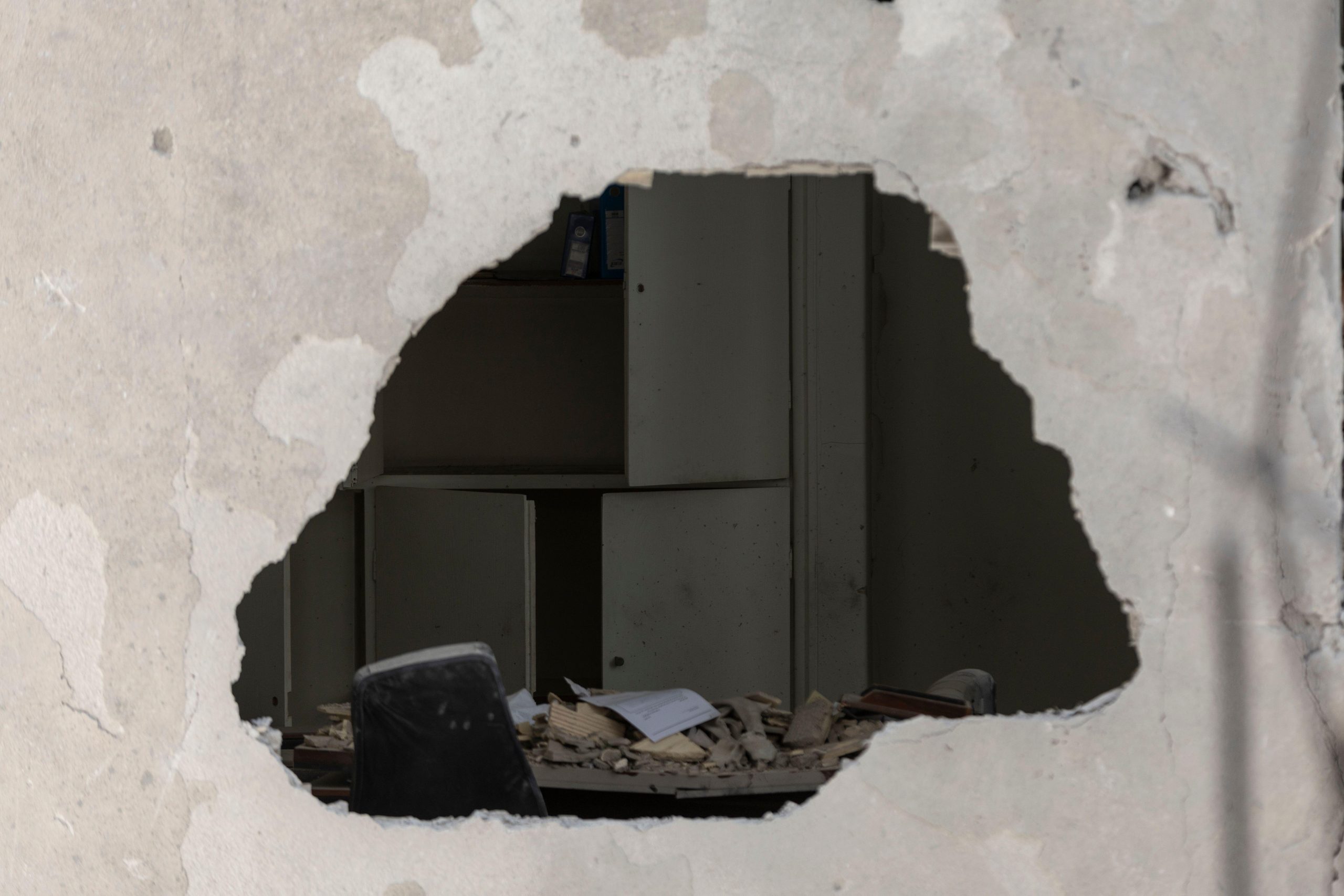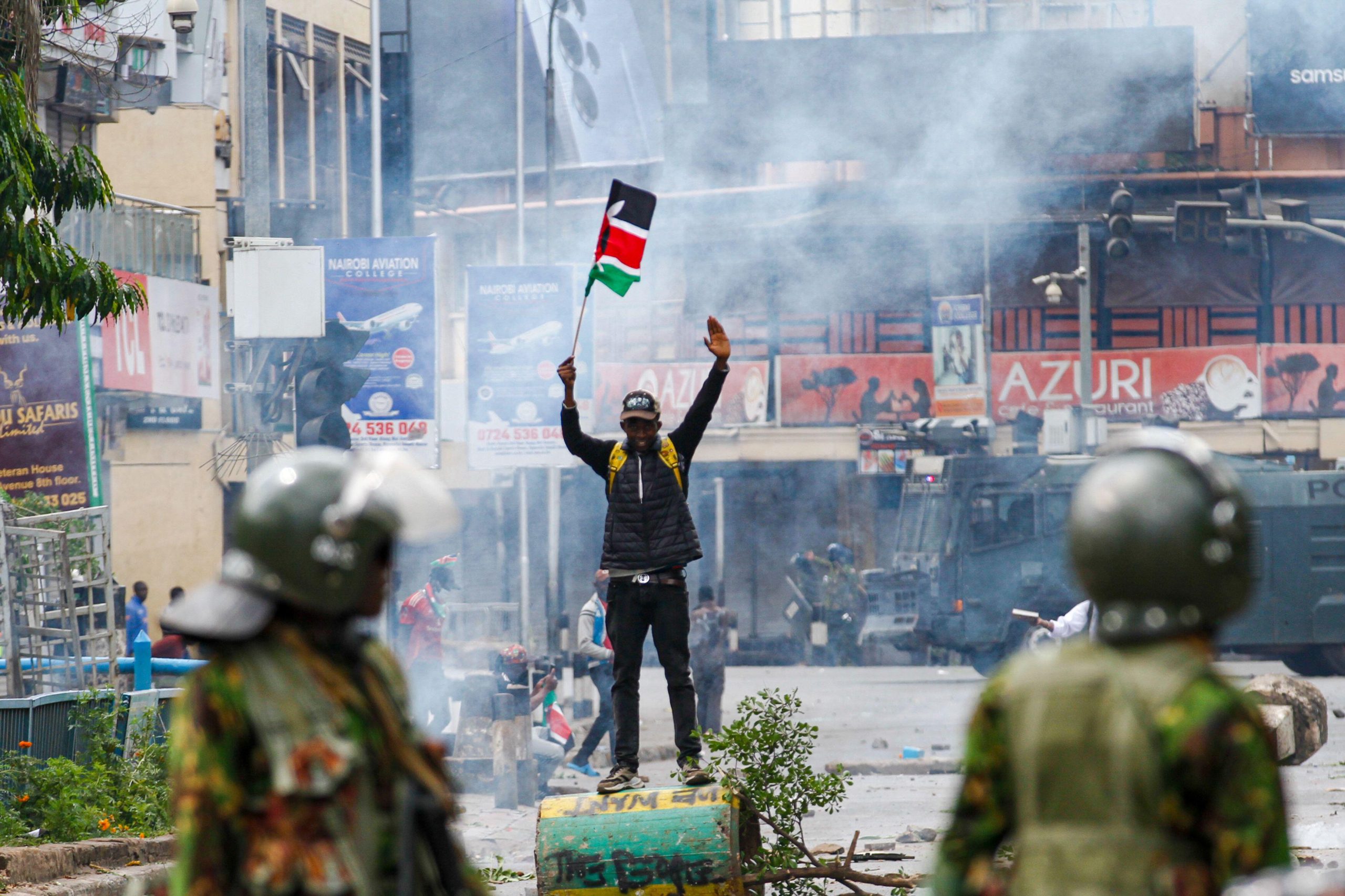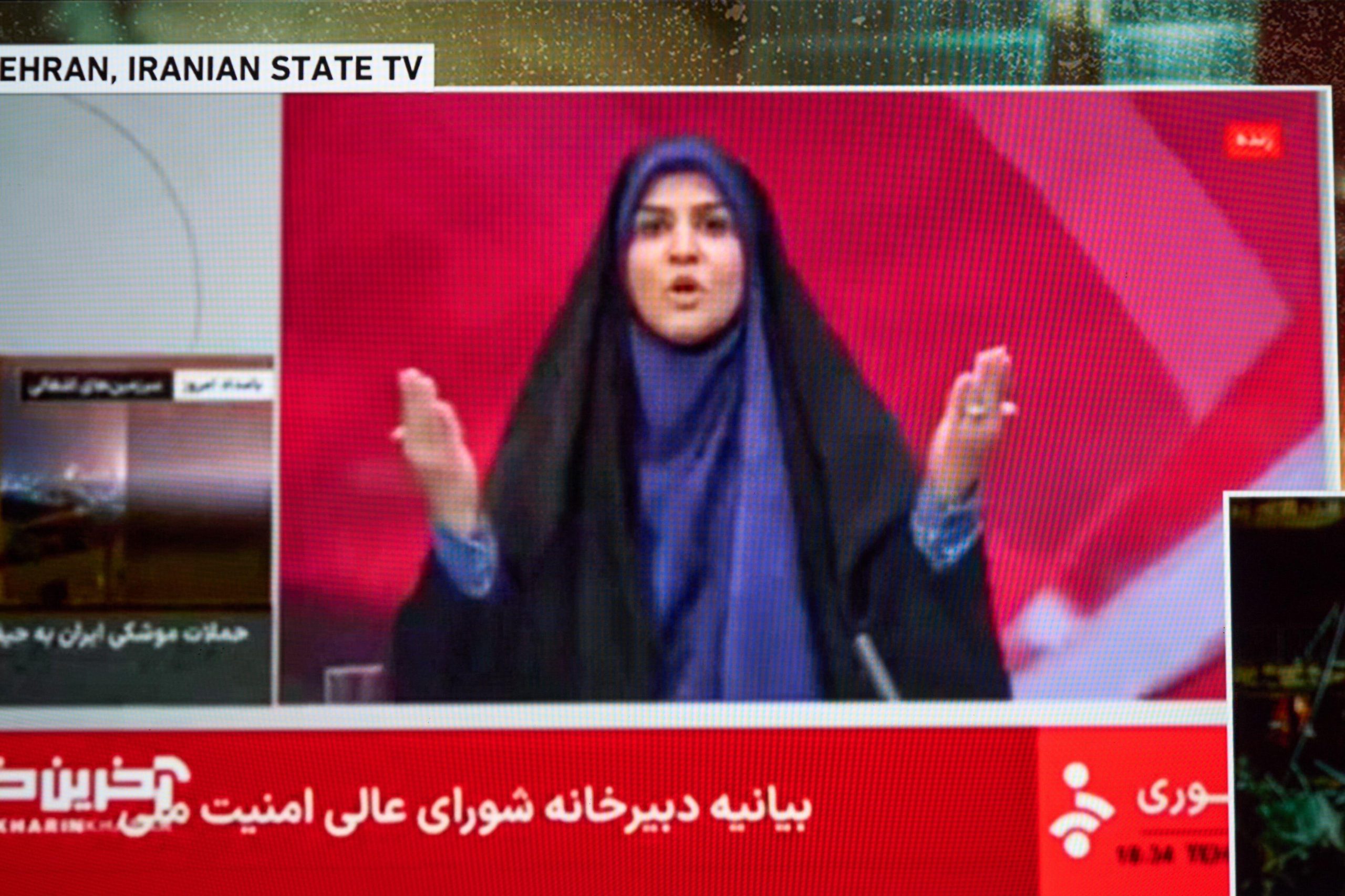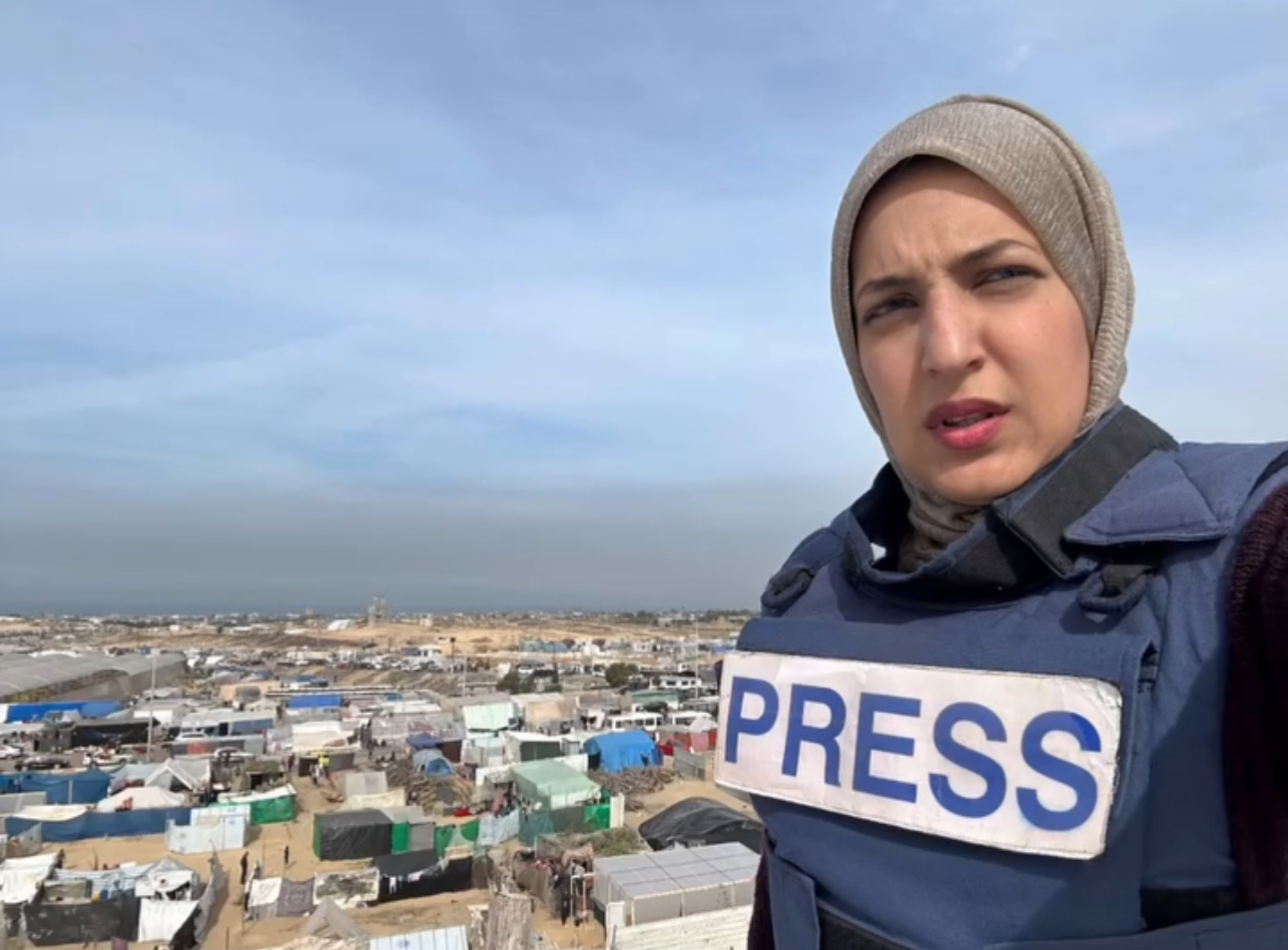 When Ayatollah Khomeini arrived in Tehran on 1 February 1979, a brief period of freedom for Iranians came to an end. Yassamine Mather
When Ayatollah Khomeini arrived in Tehran on 1 February 1979, a brief period of freedom for Iranians came to an end. Yassamine Mather
looks at the development of the Islamic Republic’s suppression of dissent
During the last few weeks of the Shah’s rule in the autumn of 1978 and the early winter of 1979, as the old order was crumbling and before the new Islamic regime established its own dictatorship, Iran witnessed a period of relative freedom. This expressed itself not only in terms of freedom of the media, but also in neighbourhoods, on the street and in the work place. Workers, women and soldiers discussed politics in the councils (‘shoras’) and mass demonstrations took place daily. Repeated attempts by religious fundamentalists to monopolise the slogans of demonstrations failed, at least until the return of Ayatollah Khomeini on 1 February.
On 11 February, the Iranian army declared itself ‘neutral’ after guerrillas and rebel troops loyal to Marxist forces overwhelmed the Shah’s loyal guards in street fighting. The leaders of the Islamic movement, who wanted a smooth transfer of power from the previous order, became alarmed and reacted quickly, announcing publicly that they ‘did not want an insurrection’. Everyone was ordered to hand in guns to mosques and religious establishments. The clerics and their civilian allies in Nehzat Azadi (the religious faction of Iran’s national front) moved swiftly into ministries and government offices to stop the revolution — or in their words ‘to bring back order’.
Instead of receiving open trials, former ministers and officials of the Shah’s regime were hanged after short hearings in the religious city of Qom. The atmosphere of terror created by these executions was intended to warn other potential opponents, in particular the left, that the new regime was going to be as ruthless as its predecessor.
The first signs of the kind of society the theocracy envisaged came in early March 1979 when Khomeini issued a decree abolishing the family protection law of the pre-revolutionary era, legislation that had provided some protection to women. A few days later he declared the wearing of hijab compulsory. Since 1938, at least two generations of urban women in Iran had been free to choose or ignore hijab. Secular women organised a major demonstration in opposition to Khomeini’s order in Tehran in March 1979. The demonstration was attacked by Hezbollahis and other Islamic militia. This was the beginning of the religious state’s interference in every aspect of the private lives of the Iranian people: a ban on drinking alcohol was followed by arrest of those attending mixed sex gatherings, and then certain types of music were banned.
The new regime’s first political prisoners were arrested in April 1979, when well-known left-wing activists were incarcerated in the notorious Evin prison. The radical left was forced into hiding, and the central government declared war on national minorities who were not obeying the supreme Shia rulers. The Iranian clergy had never hidden its support for private property, so when peasants in Turkoman Sahra set up collective agriculture, the regime deployed the army and the revolutionary guards to attack them. On 18 August 1979, Khomeini declared jihad, a holy war, against the Kurdish and non-Kurdish organisations fighting with the central government in Kurdistan. It was the beginning of a war that lasted until the late 1980s.
By January 1980, many leftist activists had been arrested in Tehran and other major cities, and summary execution of political prisoners became common practice.
Throughout this period, and until their own demise, the reformist sections of the left — mainly pro-Soviet Stalinists but also sections of the Trotskyist movement — supported and indeed collaborated with the Islamic regime’s repression.
Nothing had prepared Iranians for the mass executions of political prisoners that took place in the early 1980s and in the autumn of 1987.
In the early 1980s, the war in Iraq and threats of military attacks by the United States were used by the Islamic state to proscribe secular and leftist opposition groups, leading to the arrest and imprisonment of large numbers of members and supporters of these organisations. Many political opponents were publicly hanged. At the same time Pasdaran (Revolutionary Guard) and mobile squads of the Bassij militia were deployed to patrol the streets to impose the Islamic dress code and make sure Iranians adhered to Islamic codes of behaviour. This period is seen by many as the time when Iranians began living a double life: ‘pious’ and covered up in public and the exact opposite in private. The middle classes and the rich merely circumvented Islamic codes of conduct by paying official penalties or bribes.
However, as the state tried to impose Islamic behaviour on the rest of the population, the young, both in urban and rural areas, rebelled against religious interference in their private lives, a vibrant opposition that has forced even the leaders of the regime to admit defeat on changing ‘youth culture’.
The second wave of political repression in Iran came at the end of the Iran-Iraq war, with the mass execution of political prisoners. As the war ended, the government killed around 15,000 socialists, communists and members of the Mujahedin who were in prison. This was Khomeini taking his revenge on the Iranian left following Iran’s defeat in the war against Saddam Hussein.
The end of the Iran-Iraq war in 1988 also marked the beginning of the onslaught of neo-liberal capital, albeit with an Islamic face. It was the beginning of a new era, where IMF loans dictated levels of privatisation, where mass unemployment, casualisation and the denial of basic workers’ rights became the order of the day and the contradictory yet cosy coexistence of global capital and Shia Islam became a reality. It saw the introduction of devastating neoliberal economic policies that are as avidly pursued today, under Ahmadinejad’s presidency, as they were during the presidencies of Hashemi Rafsanjani or Mohammad Khatami.
Many of the current political protests in Iran are not that different from protests elsewhere in the world: economic uncertainty, mass unemployment, low wages and contract work has led to strikes, street demonstrations, sit-ins and factory occupations.
The government’s response has been to arrest demonstrators and to ban gatherings and any attempts at formation of trade unions or workers organisations.
Despite all this repression, opposition to both the political rule of the clerical state and its attempts to impose Islamic codes of conduct and dress has grown, especially amongst women and the young generation, both in rural and urban areas. The rebellion of the young has forced leaders of the Islamic Republic to admit failure in changing ‘youth culture’ amongst the majority of the under 30s. The generation born after the revolution has no illusions about political Islam. Their aspirations for a better life, job security and basic human rights are no different from youth elsewhere. However neither the Iranian government nor its opponents in the administrations of the United States or the EU are in a position to address any of these demands.





